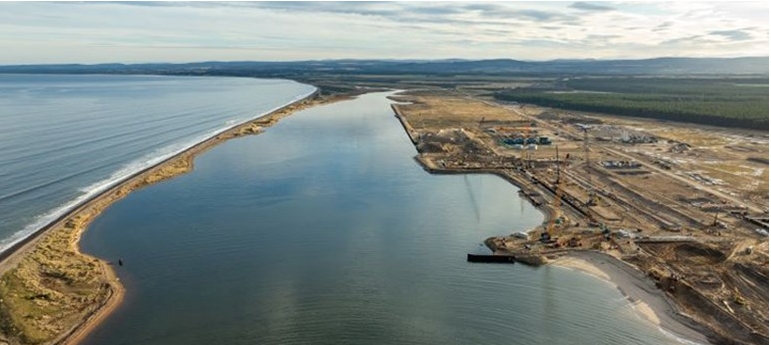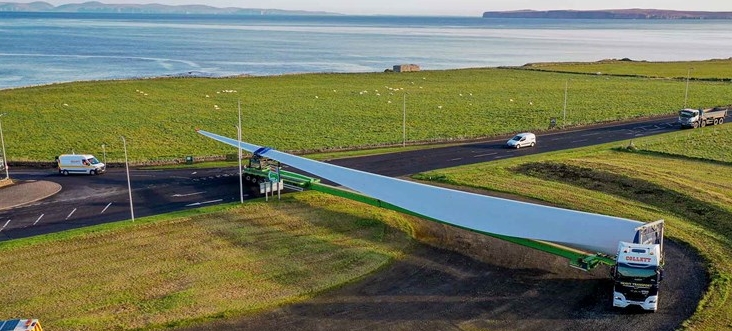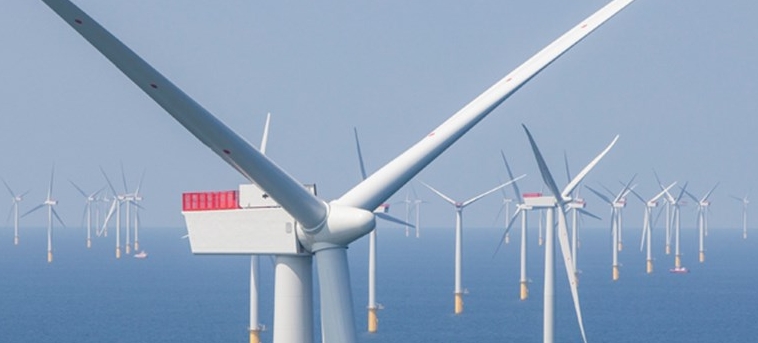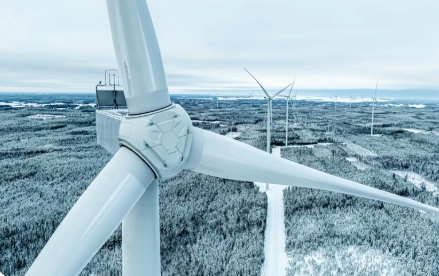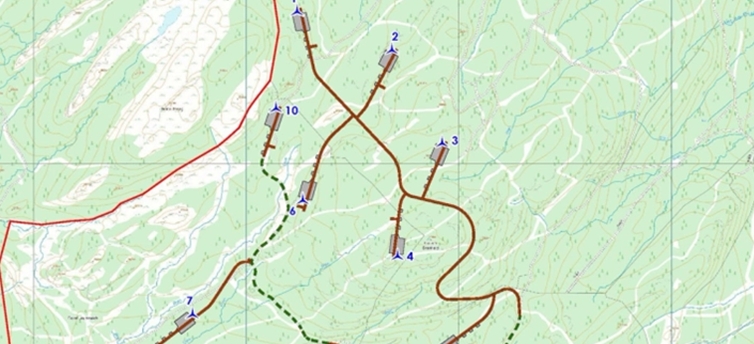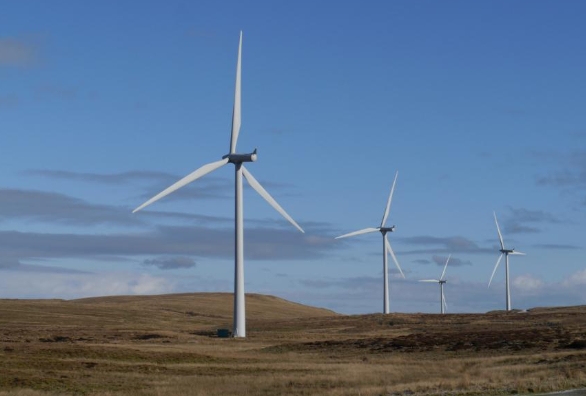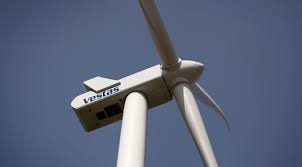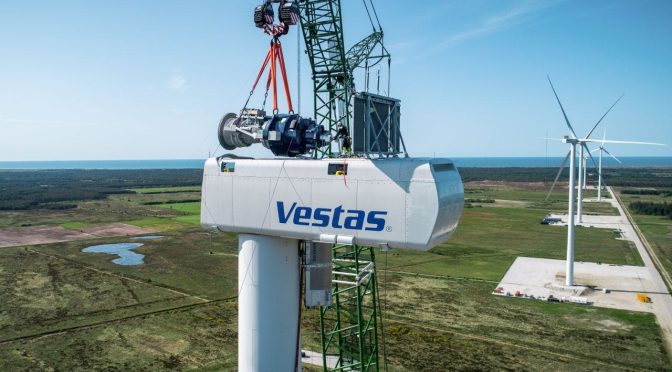Norwegian oil and gas company Equinor has made a new oil discovery, located near the Fram field in the North Sea offshore Norway, and will consider tying it to one of Troll field platforms.
The new discovery was made in the Troll- and Fram area in exploration wells 35/10-7 S and 35/10-7 A in the Toppand prospect.
Equinor revealed on Friday that preliminary calculations of the expected size indicate between 3.3 and 5.2 million standard cubic metres of recoverable oil equivalent, or around 21–33 million barrels of recoverable oil equivalent.
Geir Sørtveit, senior vice president for exploration & production west operations, stated: “We are pleased to see that our success in the Troll- and Fram area continues. We also regard this discovery to be commercially viable and will consider tying it to the Troll B or Troll C platform. Such discoveries close to existing infrastructure are characterised by high profitability, a short payback period and low CO2 emissions.”
According to Equinor, several discoveries in the Troll and Fram area during the past few years demonstrate that even mature areas can be revitalised based on new information and modern exploration technology. Toppand is the fifth discovery in the area, and proven resources might exceed 300 million barrels of oil equivalent, the Norwegian company said.
These wells are the second and third exploration well in production licence 630, which is operated by Equinor with Wellesley Petroleum as its partner. The licence was awarded in the 2011 Award in Predefined Areas (APA). Equinor was granted a drilling permit for these wells back in September 2021. The wells were drilled around 8 kilometres west of the Fram field and 140 kilometres northwest of Bergen.
Well 35/10-7 S encountered an oil column of around 75 metres in the lower part of the Ness formation and in the Etive formation. There were also traces of hydrocarbons in the shale and coal dominated upper part of the Brent Group. A total of around 68 metres of effective sandstone reservoir of good to very good reservoir quality was encountered in the Ness and Etive formations combined.
The Oseberg formation was around 48 metres thick and filled with water. It mainly consisted of sandstone of moderate reservoir quality. The oil/water contact was not proven in the well, but by aid of pressure data it is estimated to be located at around 3303 metres. Sandstone of moderate to poor reservoir quality was encountered in the Cook formation, but the reservoir was filled with water.
Exploration well 35/10-7 A encountered a 60-metre oil-filled sandstone-dominated interval in the lower part of the Ness formation and in the Etive formation. A total of around 67 metres of effective sandstone reservoir of good to moderate quality were encountered in the Ness and Etive formations combined.
The Oseberg formation was around 48 metres thick and mainly consisted of oil-filled sandstone of moderate reservoir quality. An oil/water contact was proven at around 3290 metres, accounting for a 30 m oil column.
Well results
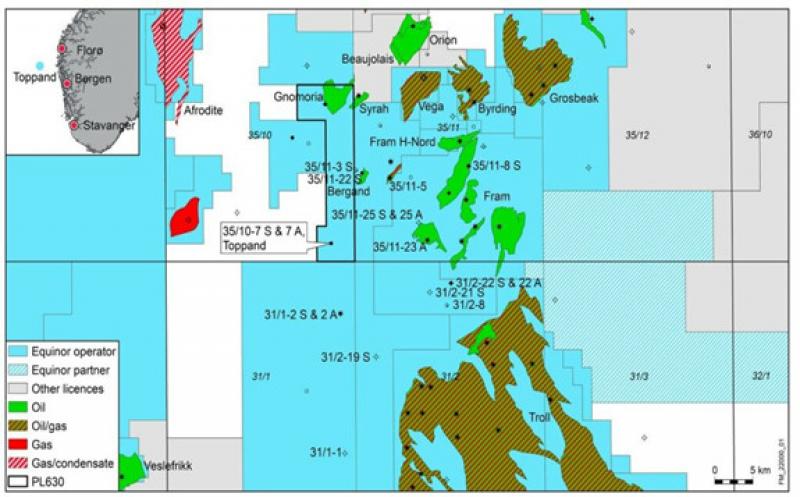 PL 630 map; Source: Equinor
PL 630 map; Source: Equinor
Well 35/10-7 S was drilled to a vertical depth of 3509 metres below sea level and a measured depth of 3563 metres below sea level and was completed in the Dunlin Group of early Jurassic rock. Well 30/10-7 A was drilled to a vertical depth of 3370 metres below sea level and a measured depth of 3574 metres below sea level and was completed in the upper part of the Dunlin Group.
Water depth in the area is 354 metres. The wells have been permanently plugged and abandoned. The wells were drilled by the West Hercules drilling rig, which has recently moved to drill the exploration well 6407/9-13 for Equinor in production licence 1060 in the Norwegian Sea.
